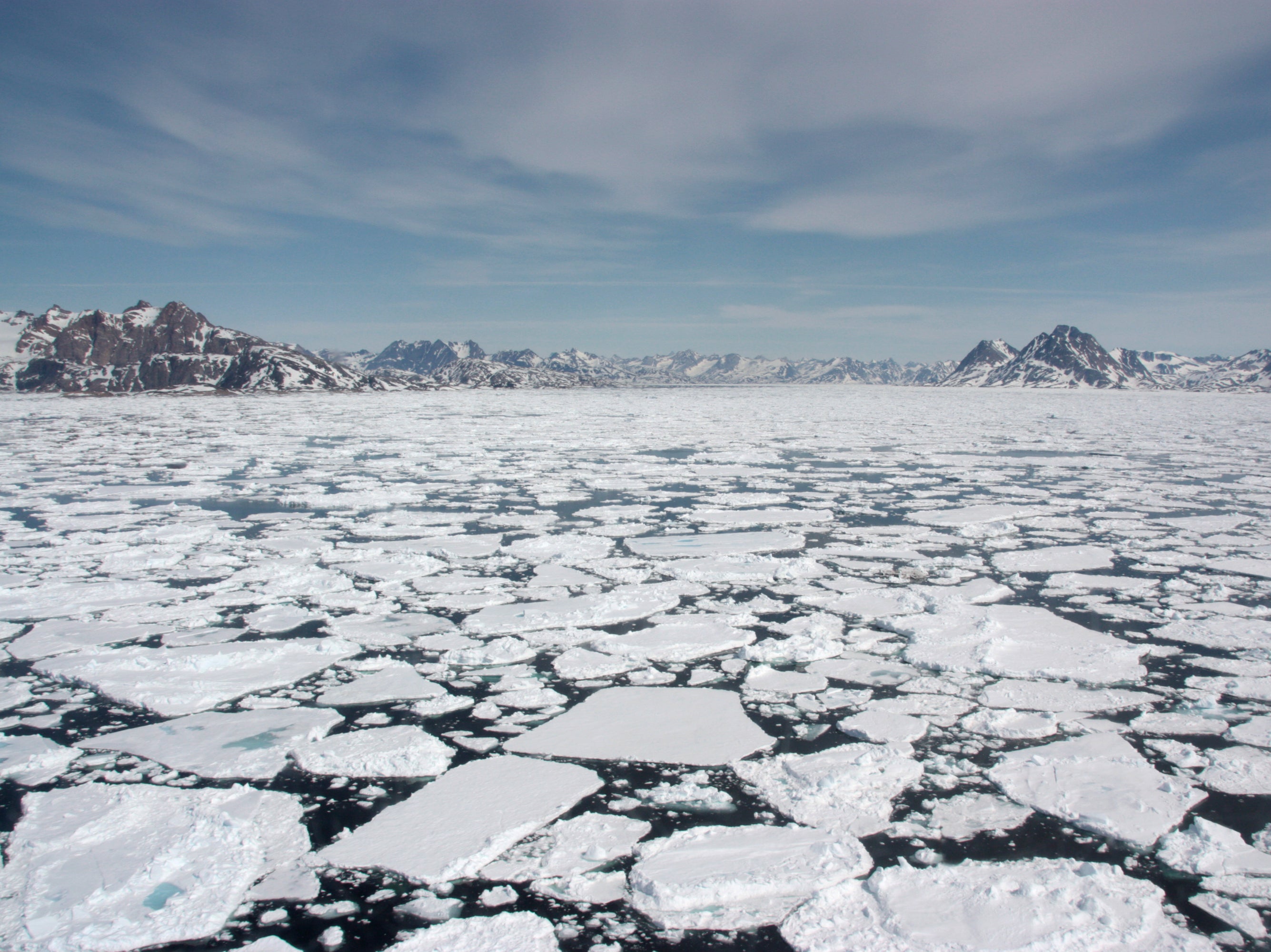New cause of melting Antarctic ice shelves discovered
The Thwaites Ice Shelf is one of the main contributors to rising sea levels and could be melting rapidly, scientists warn

Researchers have identified a process that may indicate ice shelves melting at an accelerating rate in the Antarctic.
A study led by the University of East Anglia discovered that the instability of one ice shelf might affect other surrounding ice shelves, pushing it downstream.
They also identified that a small ocean gyre - a system of circulating ocean currents - next to the Thwaites Ice Shelf can impact the amount of glacial meltwater flowing beneath it.
When that gyre is weaker, more warm water can access the areas beneath the ice shelf, causing it to melt.
The Thwaites Ice Shelf is the largest contributor to global sea-level rise among Antarctic glaciers and has been retreating rapidly over the last 20 years.
It is is one of the biggest ice shelves in West Antarctica and buttresses the eastern side of the Thwaites Glacier.
The Thwaites Glacier itself holds enough ice to raise the global sea level by 65 centimetres - about two feet.
The loss of the Thwaites Glacier would in turn destabilize much of the rest of the West Antarctic Ice Sheet, with enough ice to raise sea levels by 3.2 meters.
From installing sensors beneath the Thwaites Ice Shelf, researchers noticed that the shallow layers of the ocean underneath it warmed considerably during the period from January 2020 to March 2021.
Most of this warming was driven by waters with a high volume of glacial meltwater originating from the Pine Island Ice Shelf, further East, flowing into the area beneath the Thwaites Ice Shelf.
The glacial meltwater mixes with saltwater when the ocean melts the base of ice shelves and can form a buoyant layer of water that is warmer than the surrounding waters. This lighter, relatively fresher and warmer water brings heat that melts the base of the Thwaites Ice Shelf.

Lead author Dr Tiago Dotto, of the Centre for Ocean and Atmospheric Sciences at UEA, said that what happens to one ice shelf, can have a knock on effect to the adjacent ice shelf.
“Circumpolar Deep Water, a warm variety of Antarctic waters, is a key player in melting the base of ice shelves. However, in this study, we show that a great amount of heat at shallow layers beneath one ice shelf can be provided by waters originating from other melting ice shelves nearby.
“This process is important for regions of high ice shelf melting such as the Amundsen Sea because one ice shelf sits next to the other, and the export of heat from one ice shelf can reach the next one through the ocean circulation.”
Join our commenting forum
Join thought-provoking conversations, follow other Independent readers and see their replies
Comments

Bookmark popover
Removed from bookmarks